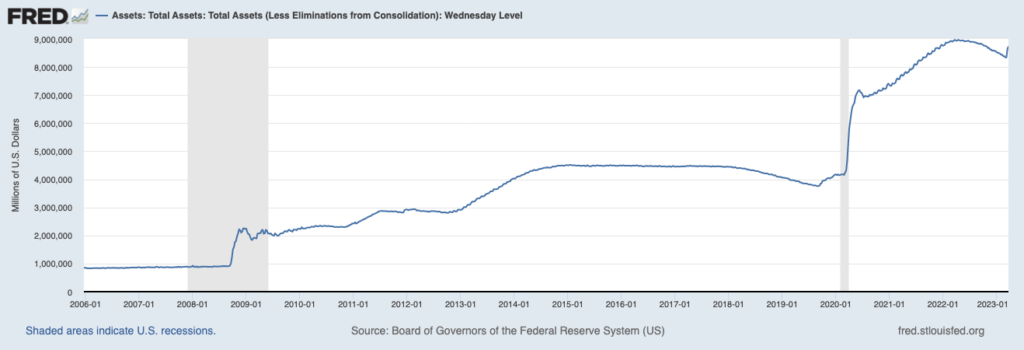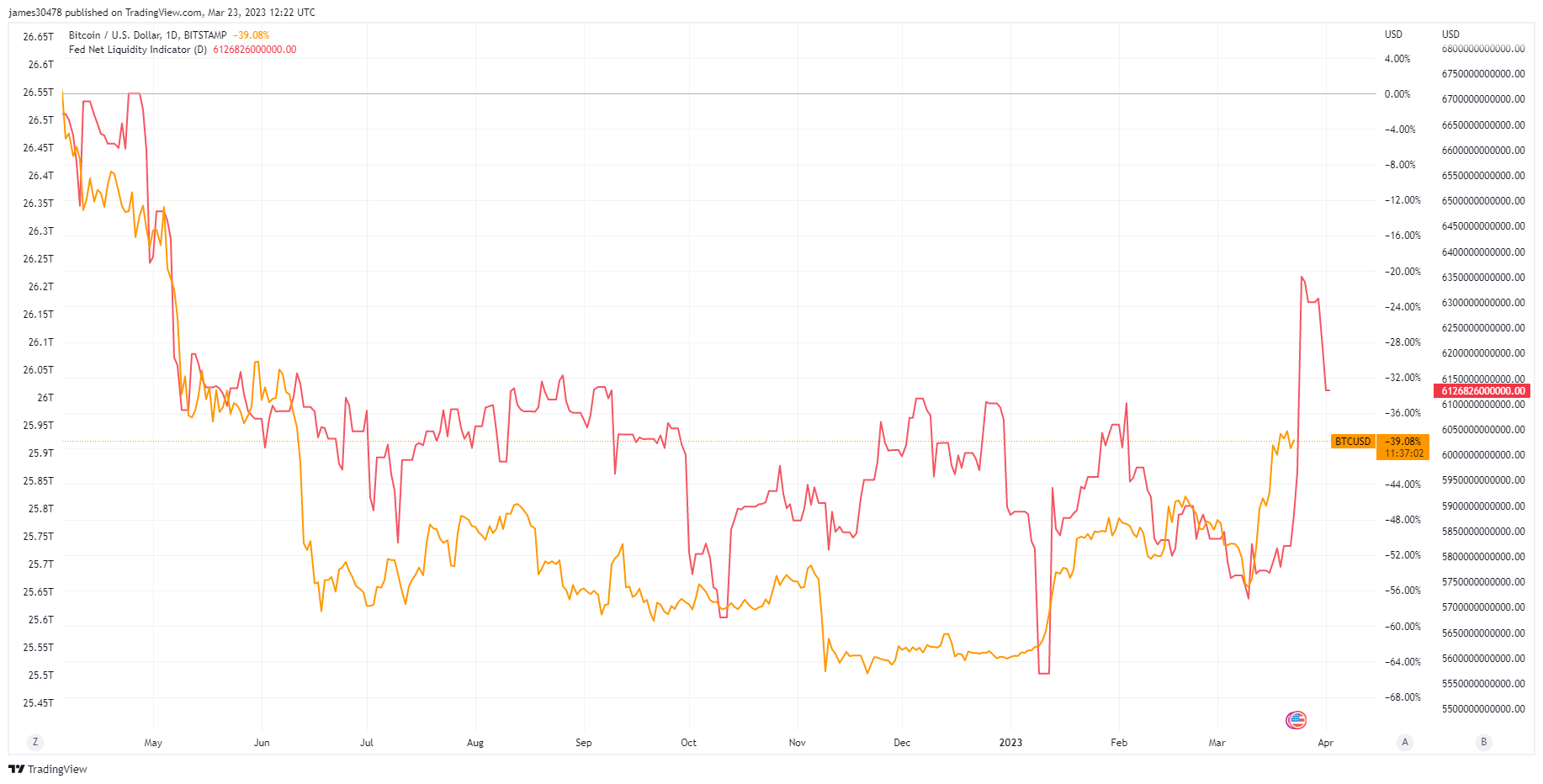De-Dollarization: Do All Roads Ultimately Lead to Bitcoin?
Introduction
The US dollar’s reign as the world’s reserve currency may be coming to an end. CryptoSlate’s latest market report explores the de-dollarization of the world to find out what role Bitcoin will play in the global economy.
The US dollar has been the medium of choice for international trade and the global reserve currency for 79 years. The Bretton Woods Agreement of 1944 established gold as the basis of the US dollar and pegged other currencies to the value of the dollar.
It was the first time in history that a group of nations negotiated a global monetary order, which proved successful in the years following World War II. The system was secured because the US owned over half of the world’s gold reserves.
However, economic recovery in Europe and Japan reduced US dominance in global trade. In addition, an overvalued dollar caused by inflation and rising public debt pushed the United States to suspend the dollar’s convertibility to gold in 1971.
Since the dollar’s value was no longer tied to gold, the Federal Reserve was tasked with maintaining the currency’s value. However, the central bank failed to preserve the value of the dollar and began to increase the money supply, causing the currency to lose two-thirds of its value in the following decade.
The devaluation of the dollar has continued well into the 21st century.
In 2023, the dollar’s position as the global reserve currency is at risk, and while its dominance of the global market has been shaken in the past, the danger has never been greater.
This report explores the macroeconomic events causing the dollar’s fragility, the consequences of a weak dollar, and Bitcoin’s place in a de-dollarizing global economy.
A hot potato: nobody wants the dollar
The global financial crisis of 2007 exacerbated the growing trend of de-dollarization. In 2007, China launched the China International Payment System (CIPS), which made it possible to settle cross-border payments in yuan. In 2010, China and Russia signed a bilateral currency swap agreement, allowing them to trade in their own currencies.
In 2014, BRICS countries, which include Brazil, Russia, India, China and South Africa, created the New Development Bank. The new financial institution was launched to provide alternative sources of financing for developing countries, reducing their dependence on the dollar. In addition, the EU created an SPV to facilitate trade with Iran in euros, bypassing US sanctions against the country.
Last month, China and Russia confirmed their 2020 agreement to increase the use of the ruble and yuan for trade. The agreement is set to increase the use of the ruble and yuan, which already account for two-thirds of trade agreement payments between the two countries.
Foreign trade is not the only way countries want to ditch the dollar.
US Treasury Holdings once considered the safest and most liquid assets in the world have become a geopolitical hot potato.
Last year, foreign demand for treasuries fell by around 6%. This represents a noticeable slowdown in demand after two years of aggressive buying following the COVID-19 pandemic.
However, rising interest rates have made these bonds less profitable. Almost all major countries sold off their treasury holdings in the past year,

Data from the Federal Reserve showed that foreign owners sold off more than $253 billion in government bonds in the past year.

Balloon balances cause problems for the dollar
While central banks around the world have increased their balance sheets in response to the COVID-19 pandemic, nowhere has this been as aggressive and dangerous as in the US
In the four months since the beginning of the pandemic in March 2020, the Federal Reserve increased its balance sheet by over 72%, adding over $3 trillion to its assets.

The aggressive injection of liquidity into the financial system proved unsuccessful. Quantitative easing took less than two years to turn into inflation, with U.S. goods and services experiencing record growth into 2023. In a country with as much debt as the U.S., inflation can quickly erode the value of government bonds and cause interest rates to rise .
A falling value of government bonds pushes domestic and foreign bondholders to sell their holdings and even suffer losses in order to place their capital in more profitable investments.
Foreign holders of US Treasuries have sold their holdings to stop relying on the dollar and turned to other currencies such as the yuan and ruble. Domestic holders, on the other hand, moved away from long-term bonds to short-term government bonds, as they offer better returns that outpace rising inflation.
All roads lead to Bitcoin
Bitcoin has long been touted as a safe haven.
However, it wasn’t until a full-blown banking crisis began to loom over the United States that the global market began to take notice.
Bitcoin’s fixed supply and decentralized infrastructure give holders control over their funds. With the ability to independently verify transactions, self-deposit coins and facilitate uncensorable, cross-border transactions, it is slowly becoming an asset for many who want to protect themselves against government interference.
The volatility appears to be worth the price for many investors. This is evident in its increasing correlation with market liquidity. Data analyzed by CryptoSlate showed that Bitcoin’s price tracked the rise and fall of the Federal Reserve’s net liquidity – meaning that a significant portion of the market’s newly added liquidity continues to flow to Bitcoin.

Bitcoin’s role in the global economy will continue to increase as more weaknesses in traditional markets are exposed. But while its use in developing countries has already been proven, developed markets like the US have yet to see the value.
Continued dollar erosion will push many private and institutional investors into Bitcoin. However, the asset’s dominance over the market will depend on the US government’s regulatory pressure, as many expect a tough fight to stifle the spread.
When inflation shows the way, all roads lead to Bitcoin. The question is how long the market needs to reach its destination.


